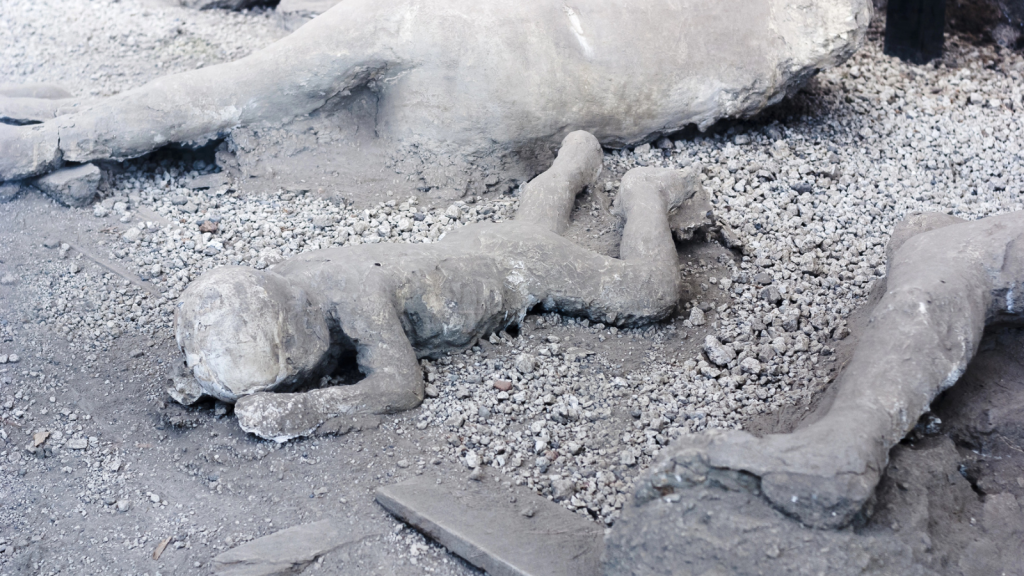Like many people, I’ve always been utterly fascinated by Pompeii, the city frozen in time. It’s more than just the macabre spectacle of the casts of the people who so tragically perished. Inside the buildings, in the streets, and in the exterior gathering places, you’ll see a beautifully preserved snapshot of what life was like in this ancient Roman city.
The Eruption Date

History tells us that on August 24, 79 CE, Mount Vesuvius erupted violently. This catastrophic event began around noon and continued into the next day, covering Pompeii in a thick blanket of ash and pumice. The eruption’s suddenness left the residents with little time to escape. However, the evidence actually suggests the eruption occurred in late Fall. Market stalls with unripe pomegranates and chestnuts, for example, indicate an eruption date closer to October or November.
Preserved in Ash
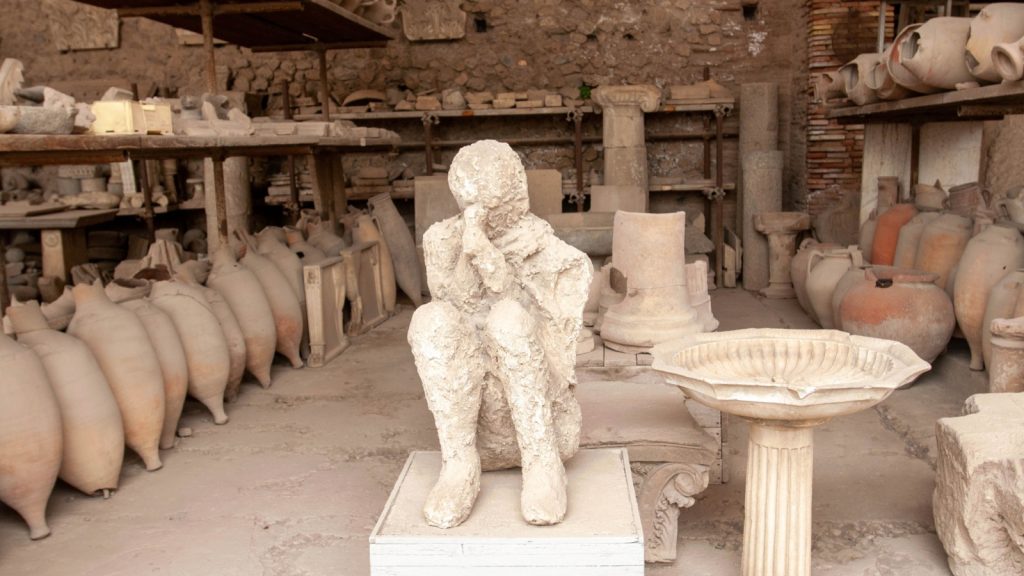
Pompeii was buried under 19 to 23 feet of volcanic debris. This deep covering of ash protected the city from the elements and looting, preserving buildings, artifacts, and even the remains of its inhabitants for nearly 1700 years.
Rediscovery
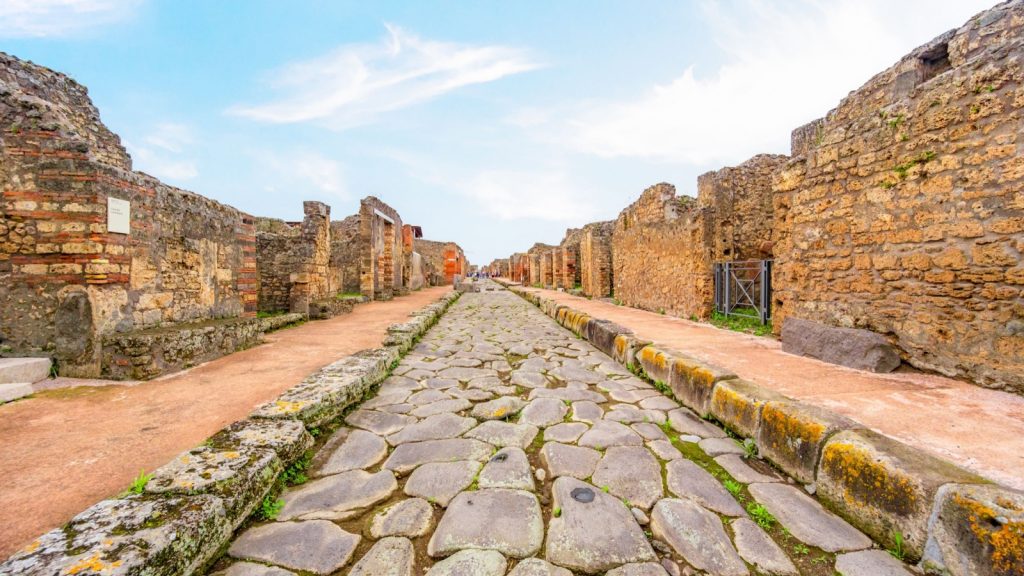
Pompeii was forgotten until its ruins were discovered in the late 16th century. Systematic excavations began in 1748, uncovering a city that seemed almost untouched by time, sparking worldwide interest and advancing the field of archaeology. The problem is that much was destroyed during these early centuries when methods were basic, records and preservation methods were sloppy or non-existent, and many “curios” were taken and sold off rather than studied and preserved.
Pliny the Younger’s Eyewitness Account
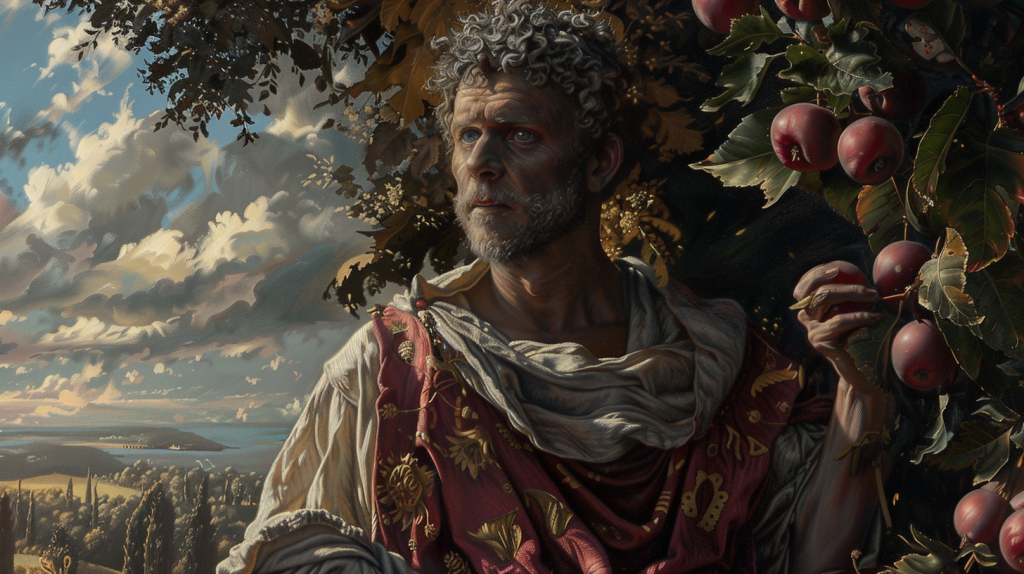
The eruption was documented by Pliny the Younger, who witnessed it from a safe distance. His letters to the historian Tacitus provide a vivid and detailed account of the disaster, including the death of his uncle, Pliny the Elder, who perished while trying to rescue people.
Daily Life Frozen in Time
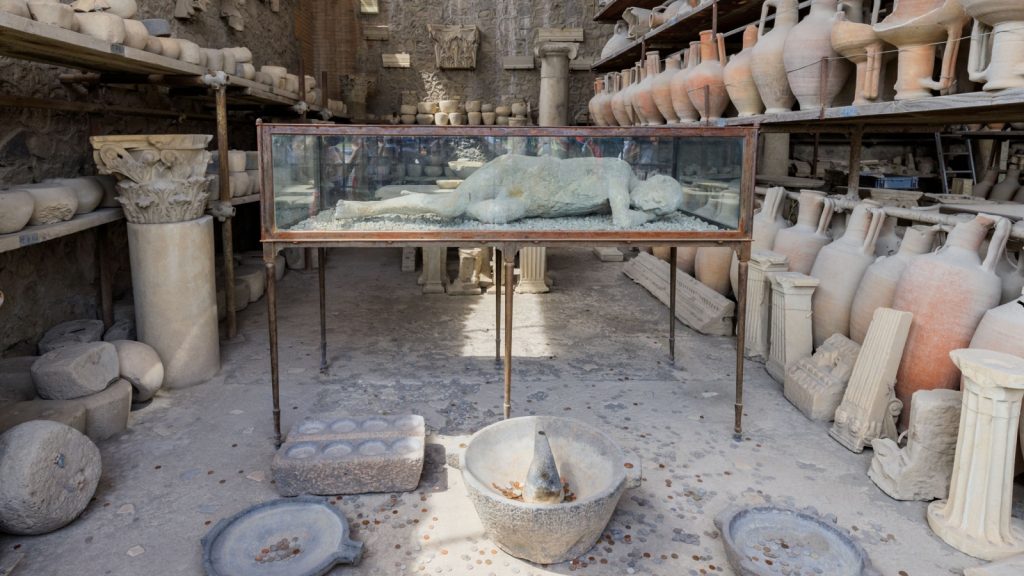
The ruins of Pompeii offer an extraordinary snapshot of daily life in ancient Rome. Archaeologists have found homes with their contents intact, including loaves of bread still in ovens, showing how abruptly life was interrupted.
Advanced Urban Planning
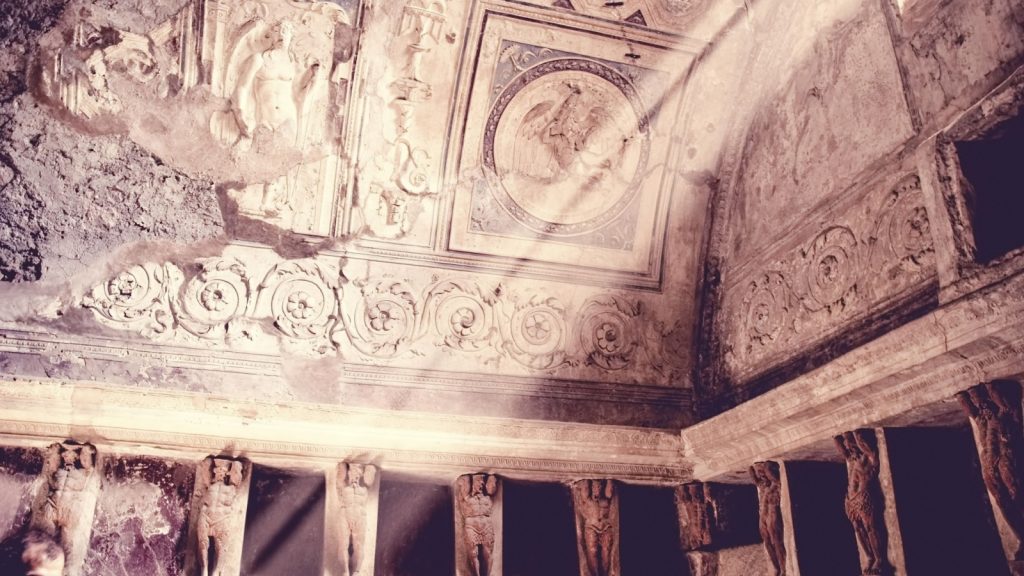
Pompeii had a sophisticated layout with streets laid out in a grid pattern. The city boasted an advanced water system with aqueducts and public baths, highlighting the engineering prowess of the ancient Romans.
The Forum
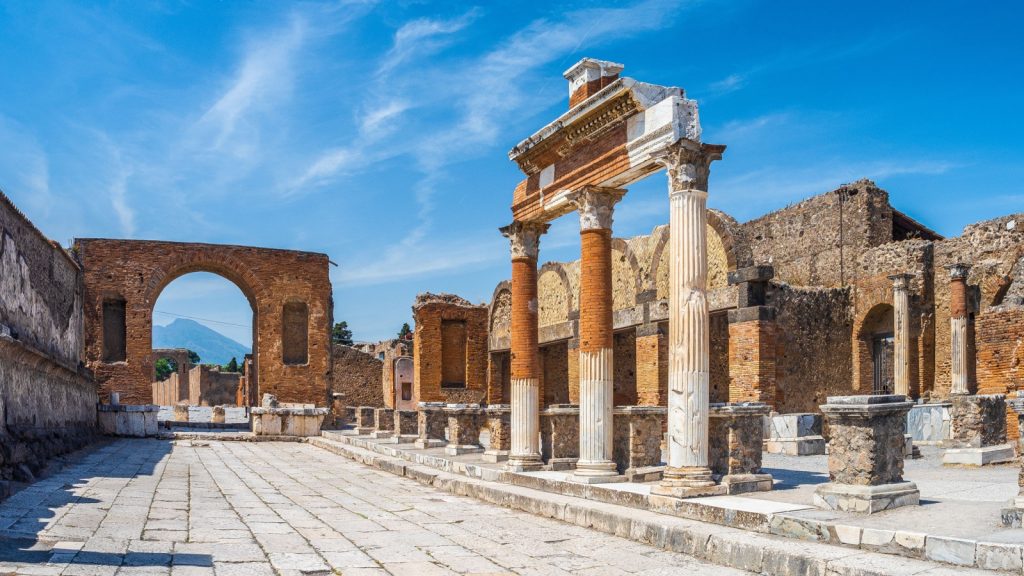
The Forum was the heart of Pompeii’s public life. It was surrounded by important buildings such as temples, markets, and government offices, reflecting the city’s vibrant civic and religious activities.
The Amphitheatre
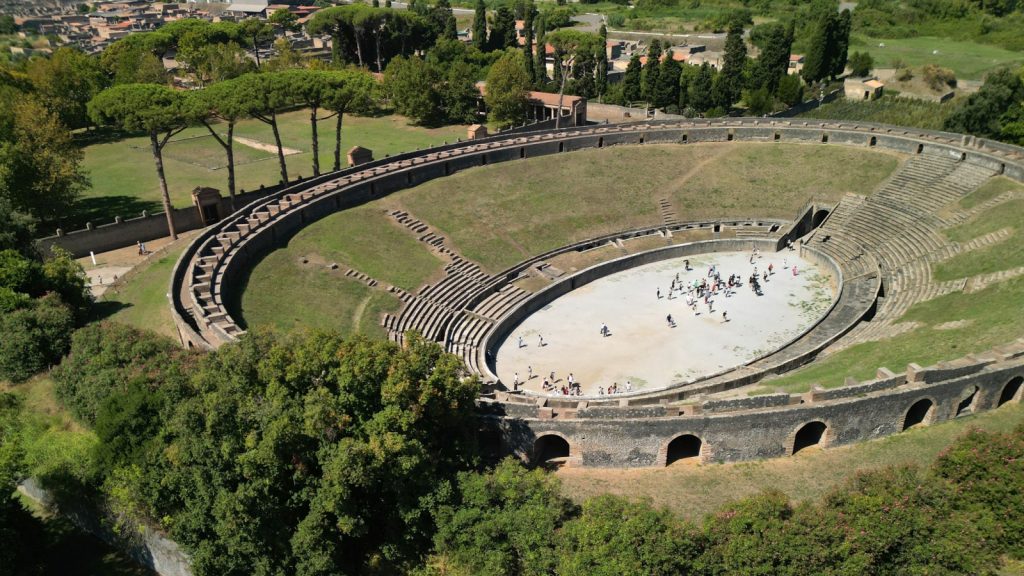
Pompeii’s amphitheatre, one of the oldest known, could hold up to 20,000 spectators. It hosted gladiatorial games and other public events, providing entertainment and social cohesion for the citizens.
Homes and Villas
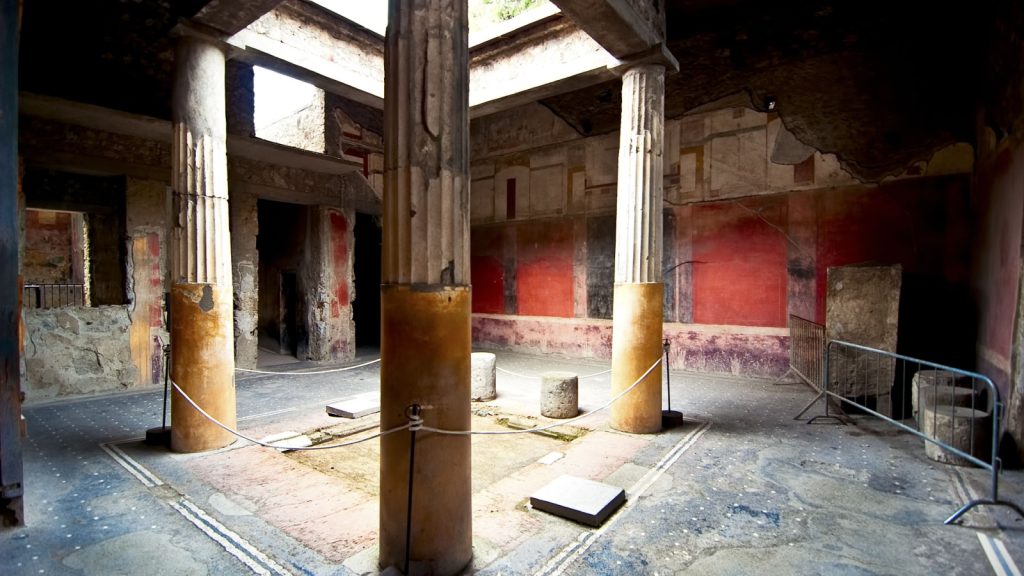
Pompeii’s residential architecture ranged from modest homes to luxurious villas. The House of the Faun, for instance, featured beautiful mosaics and spacious courtyards, showcasing the wealth and taste of its owners.
Art and Culture
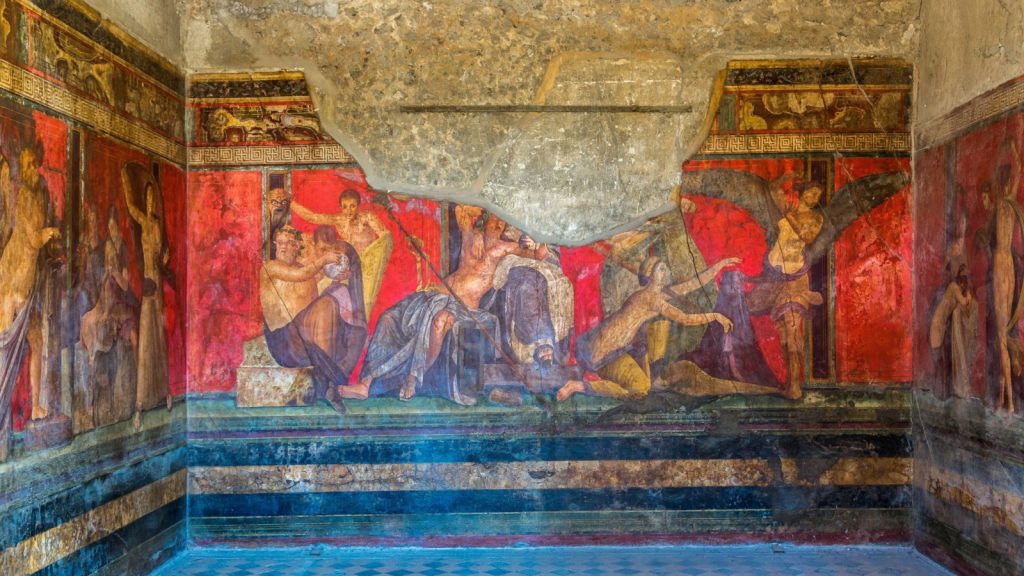
The walls of Pompeii’s buildings were adorned with intricate frescoes and mosaics. These artworks provide insight into Roman culture, mythology, and everyday scenes, revealing the artistic talents of the period.
Graffiti
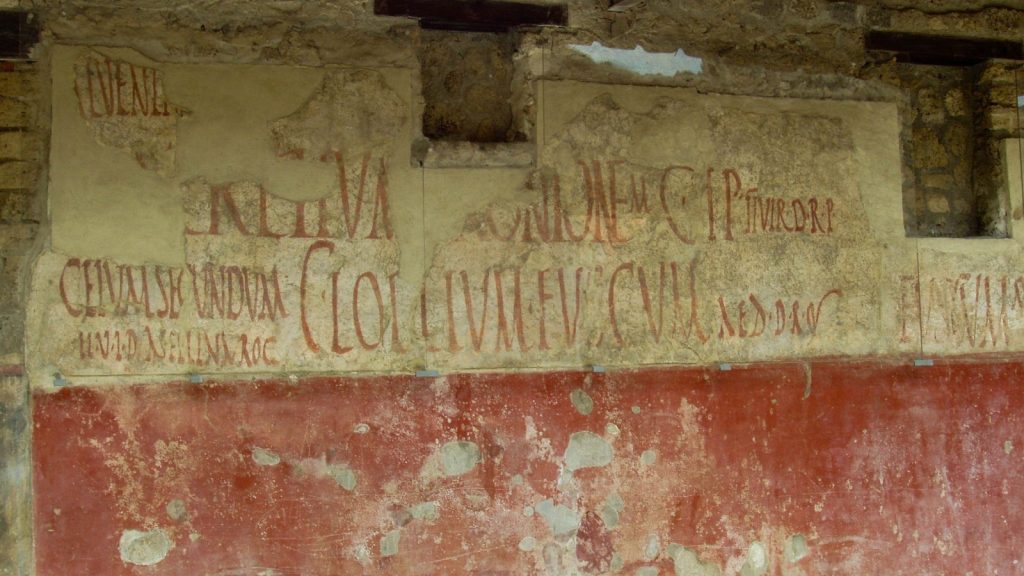
The walls of Pompeii are covered with graffiti, offering a unique look into the thoughts and humor of its residents. Messages range from political slogans to love declarations, illustrating a lively and expressive community.
Economy and Commerce
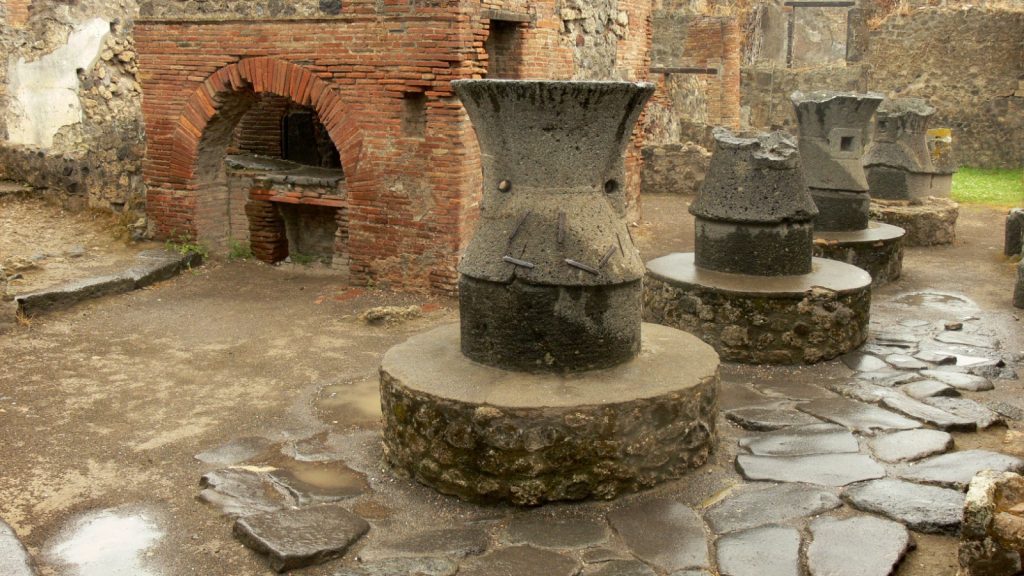
Pompeii was a bustling commercial hub. Archaeological finds include shops, taverns, and bakeries, indicating a thriving local economy. The discovery of a fish sauce factory (garum) highlights the city’s role in regional trade.
Religion
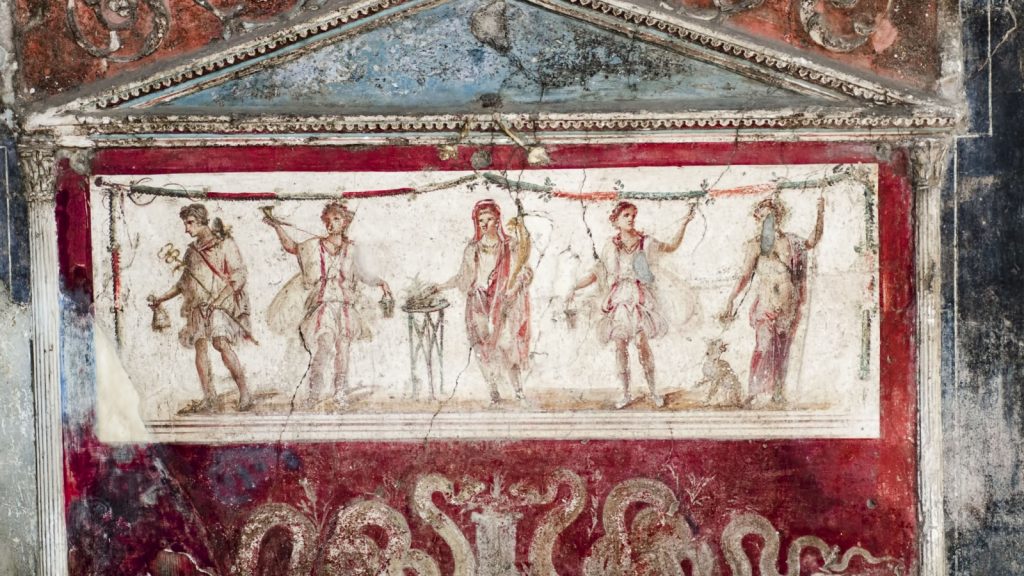
Religion played a central role in Pompeii. Numerous temples and household shrines have been uncovered, with Pompeians, like other Roman peoples, being free to worship deities of their choosing. Household shrines were for offerings and prayers to the household gods who watched over the family and home and required appeasement as well as worship.
The Earthquake of 62 CE
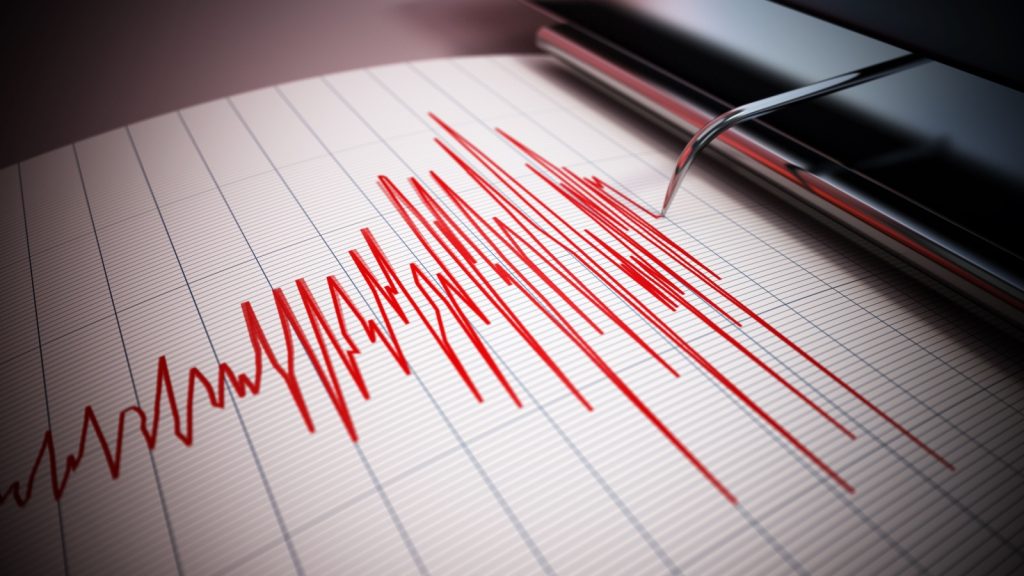
Seventeen years before the eruption, a powerful earthquake struck Pompeii. The city was still rebuilding when Vesuvius erupted, compounding the tragedy as many structures were already weakened.
The Bodies of Pompeii
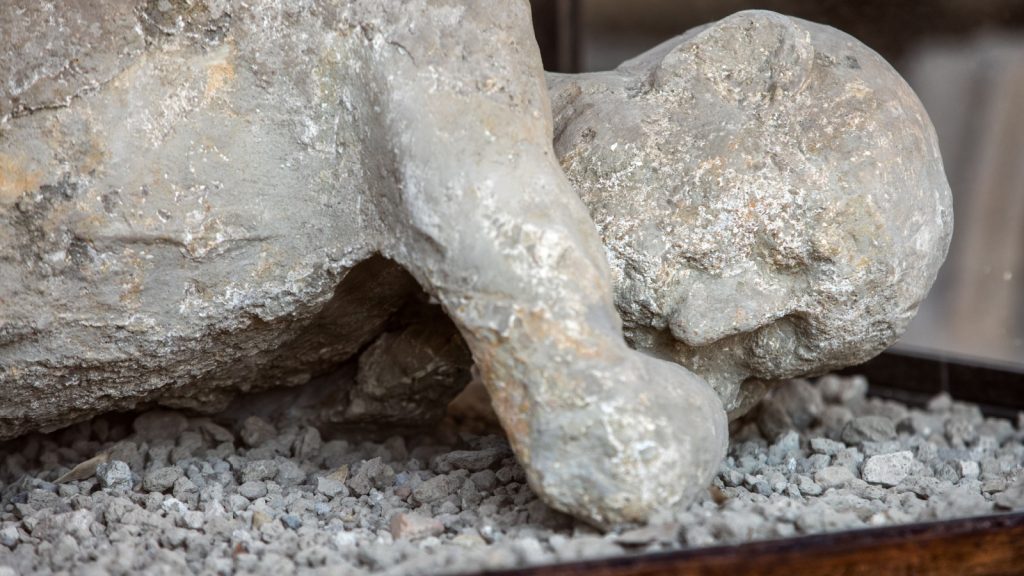
The eruption’s victims were preserved in ash, leaving voids where their bodies once lay. Archaeologists have created plaster casts of these voids, providing a hauntingly detailed look at the final moments of Pompeii’s inhabitants.
Herculaneum
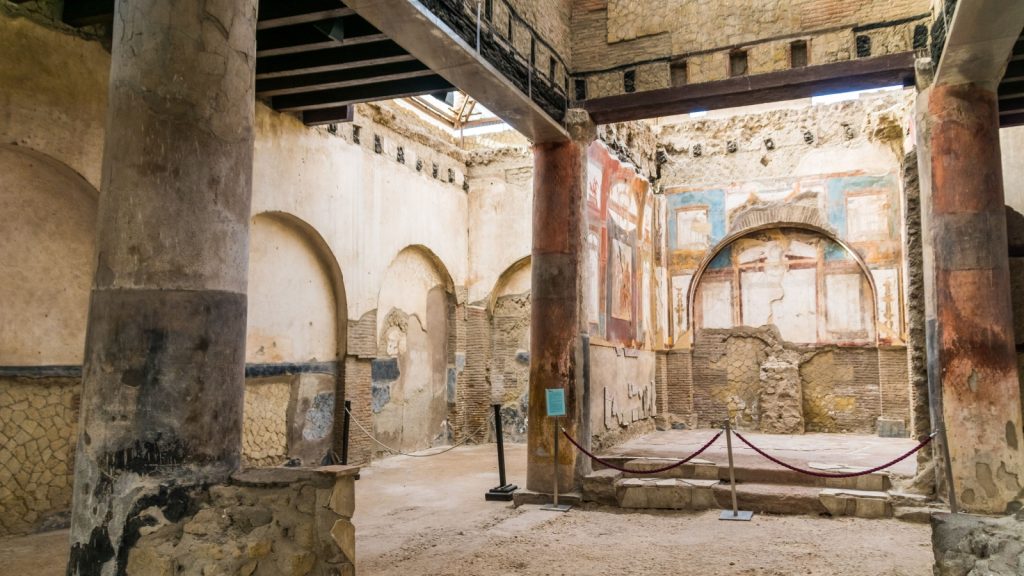
Pompeii wasn’t the only city affected. Nearby Herculaneum was also buried but under a different type of volcanic material, which preserved organic materials like wood and food, offering further insights into Roman life.
Influence on Modern Culture
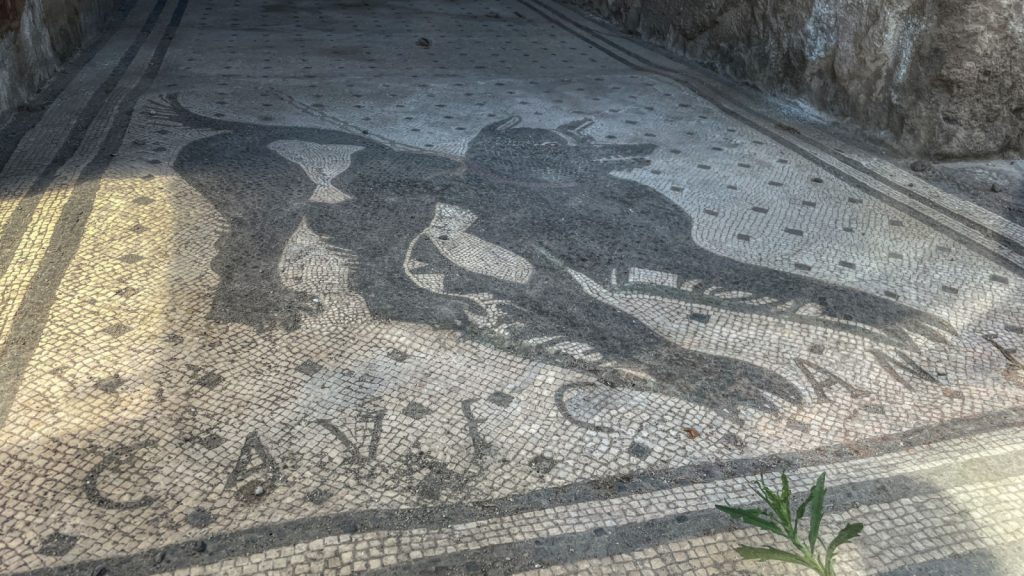
The rediscovery of Pompeii had a profound impact on art and architecture. The Neoclassical style, inspired by the ruins, influenced European aesthetics, with motifs from Pompeii appearing in paintings, architecture, and decorative arts.
Ongoing Excavations

Archaeological work in Pompeii continues to this day. Each new discovery adds to our understanding of ancient Rome, ensuring that the legacy of Pompeii continues to fascinate and educate future generations. At least today we treat the city and the remains of its inhabitants with respect, and we use the site as a key source of learning and historical education.
The Garden of the Fugitives

In one part of Pompeii, known as the Garden of the Fugitives, archaeologists found the remains of 13 victims huddled together, likely seeking refuge from the deadly volcanic ash. The terror those poor people and animals faced is unimaginable.
The Villa of the Mysteries
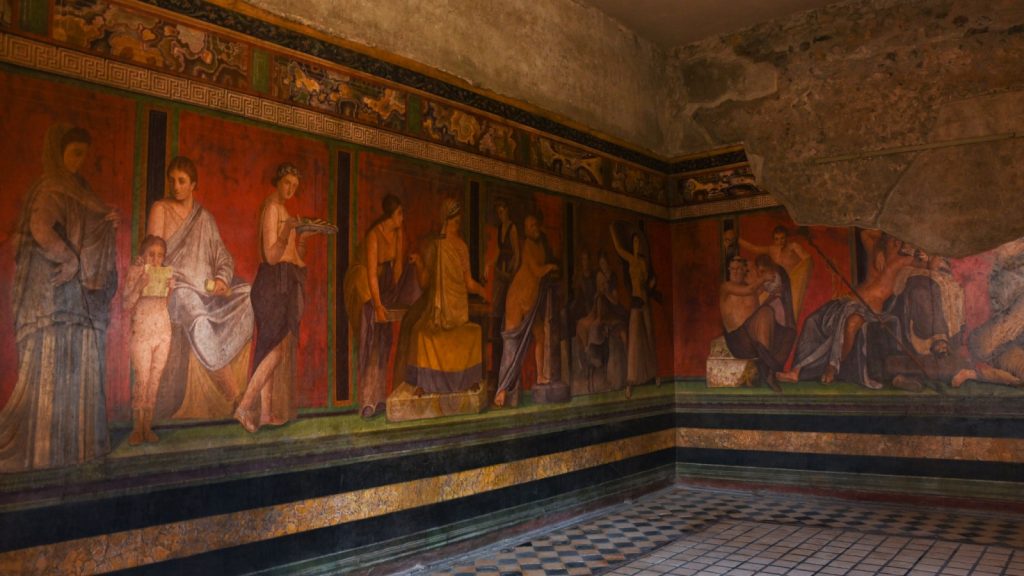
The Villa of the Mysteries is one of Pompeii’s most famous homes. It features well-preserved frescoes depicting mysterious initiation rites of the cult of Dionysus. It provides a deep, albeit strange, look into the religious practices and beliefs of the time.
Health and Hygiene
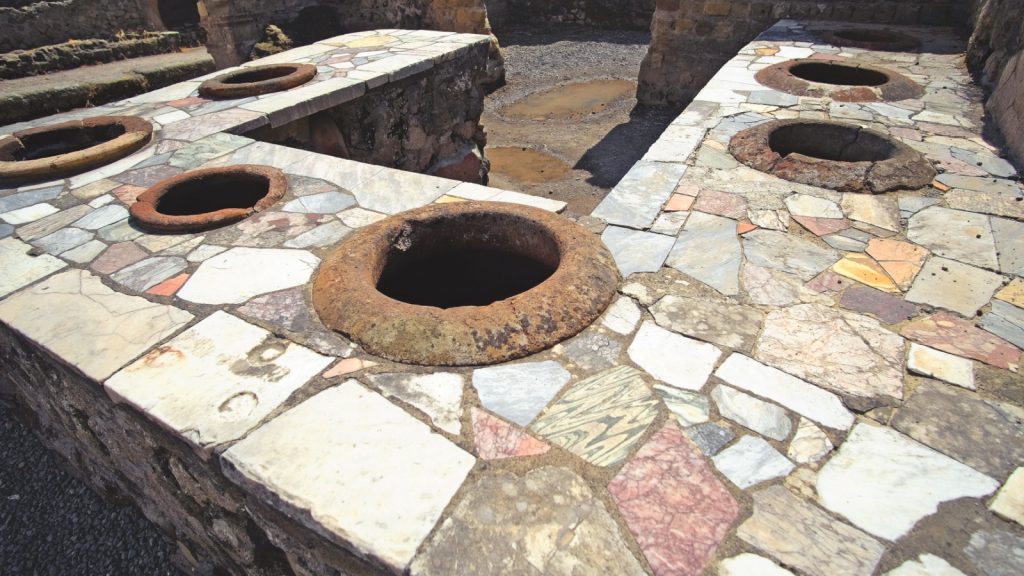
Pompeii had a complex sewer system and public baths, reflecting the Romans’ advanced understanding of health and hygiene. The Stabian Baths, one of the oldest and most well-preserved bath complexes, included heated rooms and swimming pools.
Education and Literacy
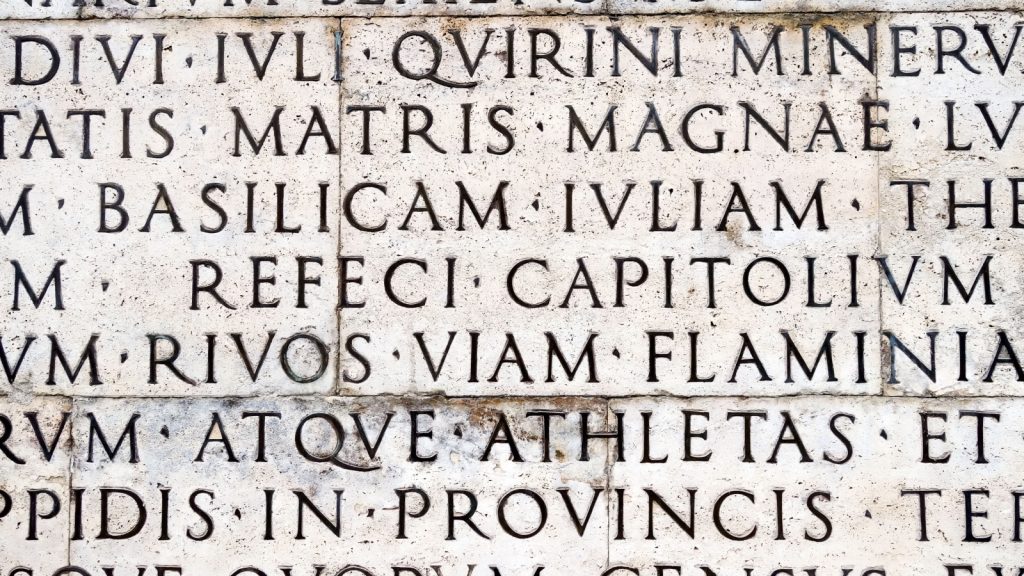
Evidence suggests that many Pompeiians were literate. Schools were part of daily life, and graffiti includes quotations from literature, showing that education and literacy were valued in Pompeian society.
Political Life
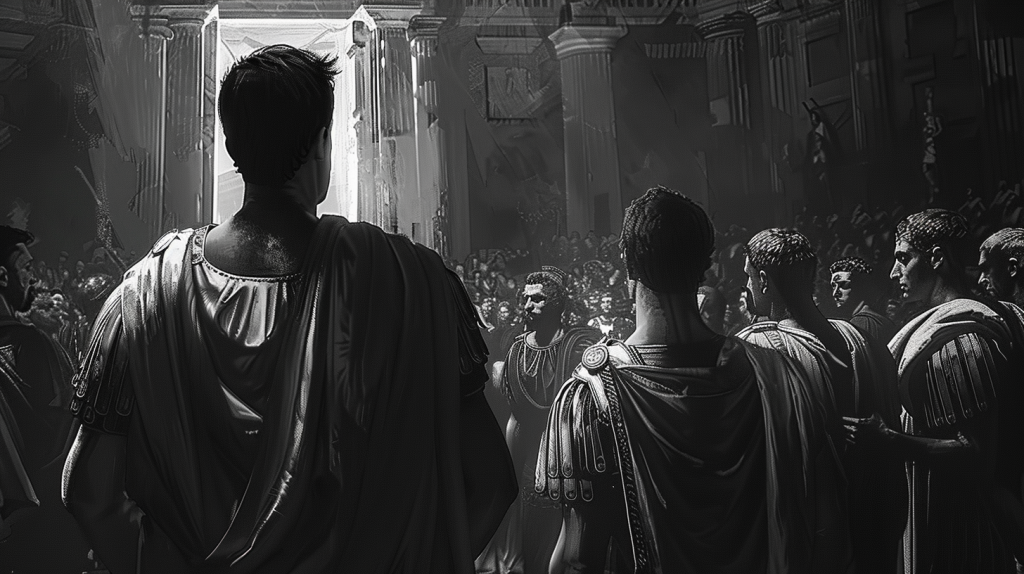
Pompeii was a politically active city. Election notices and political slogans painted on walls show us the importance of political life and the democratic processes that took place in the city.
Pompeii’s Harbor
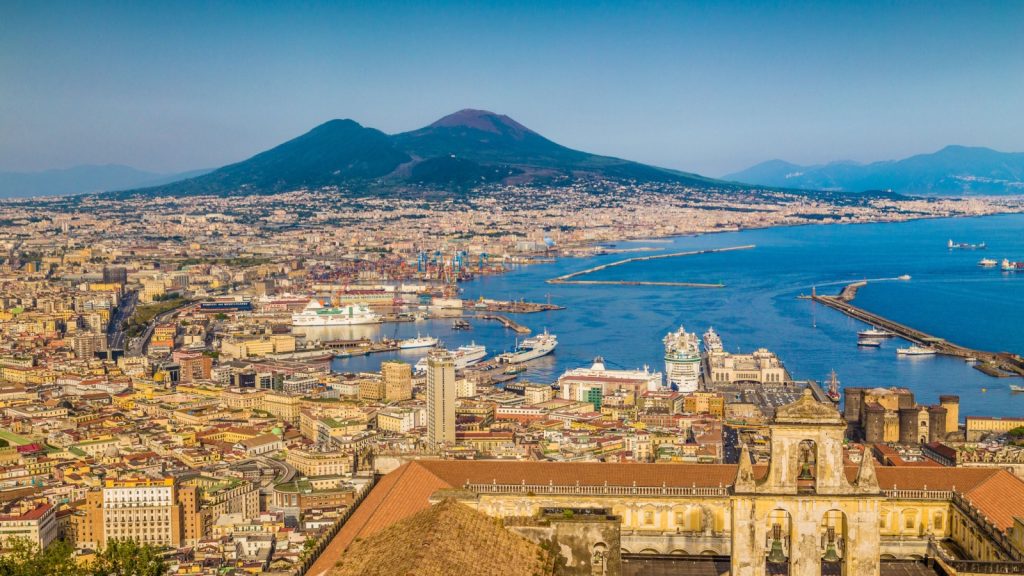
Pompeii had a bustling harbor that played a crucial role in its economy. The city exported goods like wine, olive oil, and garum (fish sauce) across the Mediterranean, connecting it with distant parts of the Roman Empire.
The House of the Vettii
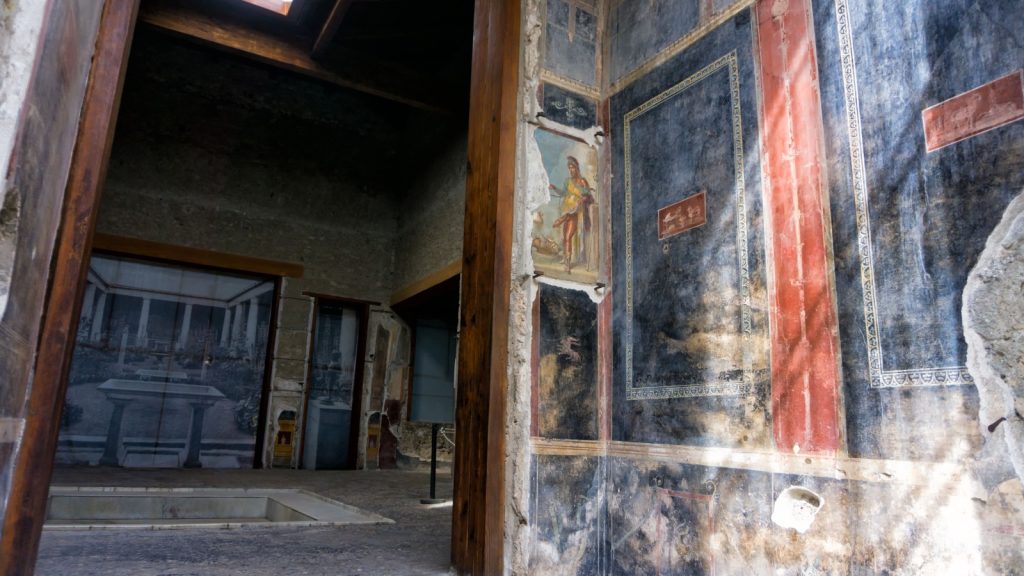
This well-preserved house belonged to two wealthy freedmen and is famous for its elaborate frescoes and luxurious decorations. It provides insight into the lives of Pompeii’s prosperous merchant class.
The Role of Women
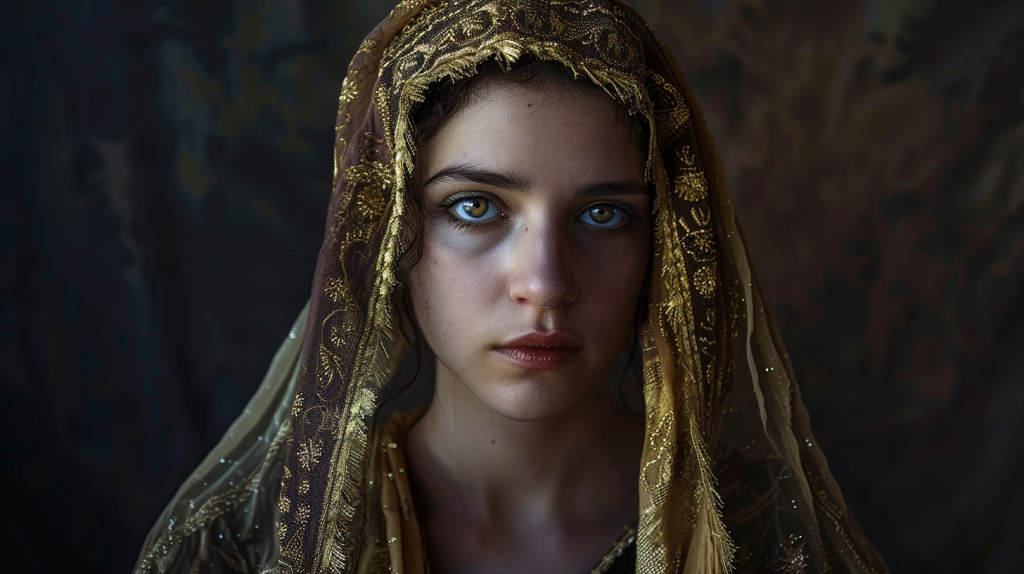
Women in Pompeii could own property and run businesses. The presence of powerful female figures, such as Eumachia, a public priestess who funded large buildings in the Forum, shows the significant role women could play in Pompein society.
Pompeii’s Theatres
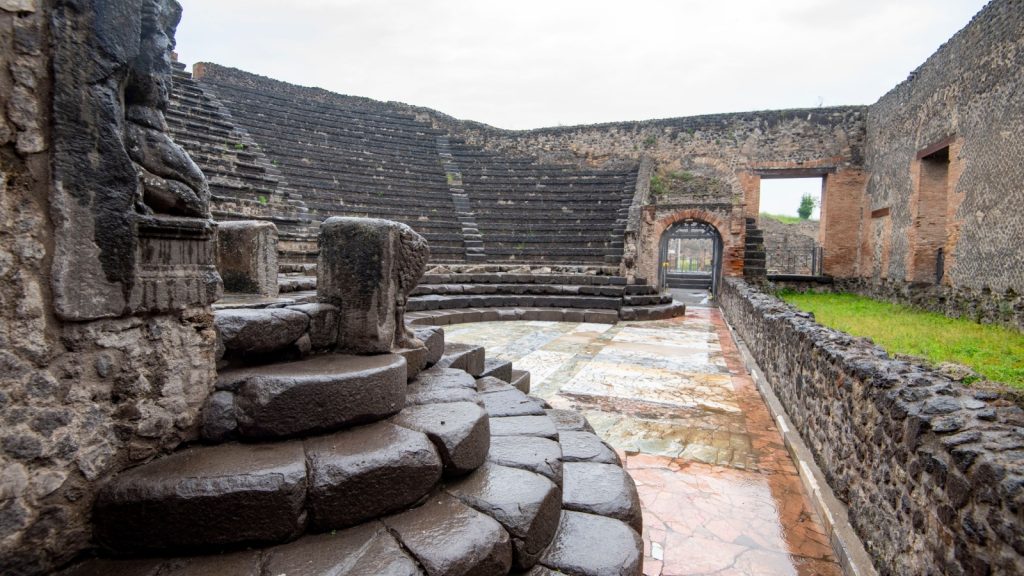
Pompeii had two theaters: a large open-air theater for public performances and a smaller, covered theater for more intimate gatherings. These venues indicate a rich cultural life with regular performances of plays and music.
Gladiator Barracks
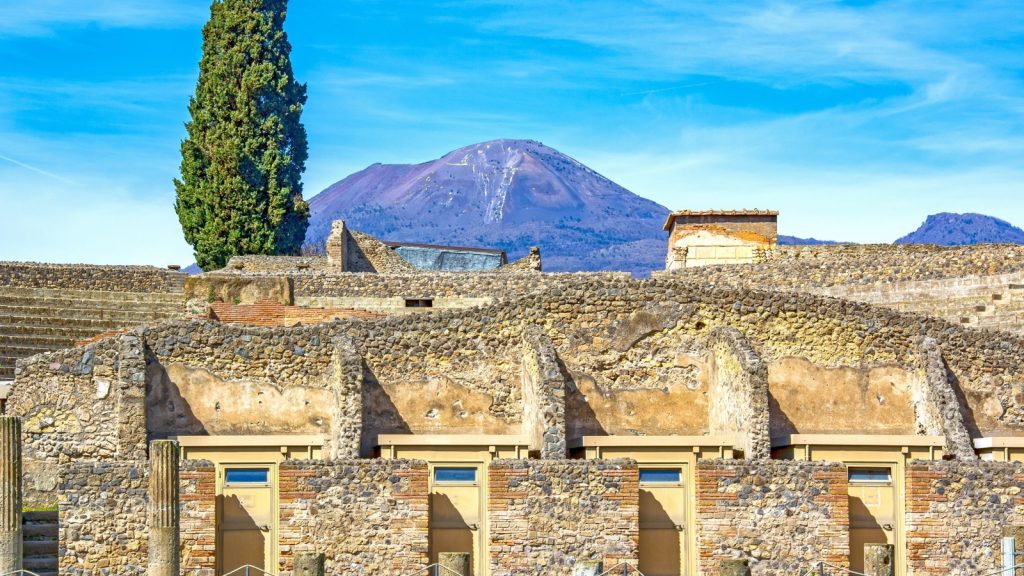
The remains of the gladiator barracks, where gladiators lived and trained, were found near the amphitheater. This site gives a unique insight into the lives of these ancient warriors and the brutal sport that entertained the populace.
Katy Willis is a writer, master herbalist, master gardener, and certified canine nutritionist who has been writing since 2002. She’s finds joy in learning new and interesting things, and finds history, science, and nature endlessly fascinating.
